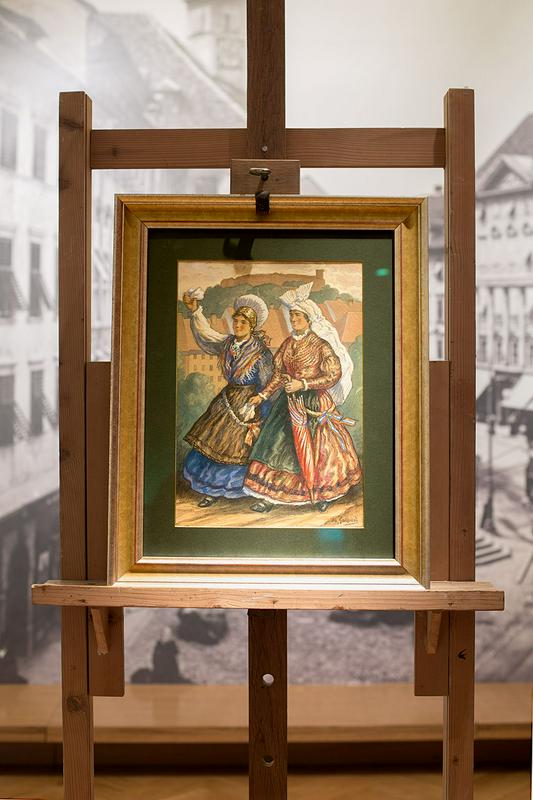
Maksim Gaspari devoted much of his life to his portrayals of folk motifs from rural Slovenia – and his work now provides an invaluable glimpse of the changing traditions of the Slovenian countryside.
He lost his mother when he was still very young and grew up with his aunt. She ultimately sent him of to work as a sales assistant in small shop in the town of Kamnik. One day, the young Gaspari designed a poster for his employer. The poster caught the attention of Josip Nikolaj Sadnikar, a well-known patron of the arts, who recognized the young man’s artistic talents. He encouraged Gaspari to study art in Vienna.
In 1904, Gaspari enrolled in the prestigious Academy of Fine arts in the Imperial capital – the same school that would famously reject Hitler a few years later. Gaspari flourished at the school and even founded a Slovenian artists’ club, but he eventually ran out of funds and returned to his native Slovenia before graduation.
Undeterred, Gaspari eventually continued his studies in Munich and then became an art teacher in Ljubljana. He also emerged as one of Slovenia’s leading illustrators. He designed numerous posts cards featuring his unique reinterpretation of Slovenian folk art combined with art nouveau influences.
His motifs focused on everyday life in the countryside, and his later work as a restorer at the Slovenian Ethnographic Museum gave him first-hand insight into the details of rural life. Much of his work featured messages celebrating Slovenian national pride, and after World War I, Gaspari became well-known for posters and leaflets urging Carinthian Slovenians to join the new South Slav state in the 1920 Carinthian plebiscite. (The bid was ultimately unsuccessful.)
In the subsequent decades, Gaspari illustrated numerous books and even dabbled set design. In 1953, he received the prestigious Prešeren Prize for his paintings and was later made a full member of the Slovenian Academy of the Arts and sciences. He died in 1980, at the age of 97.
Today, Gaspari is recognized not only for his unique style and his love of Slovenian folk motifs, but his works also serve as a window to a lifestyle that vanished many decades ago.
Jaka Bartolj

































































